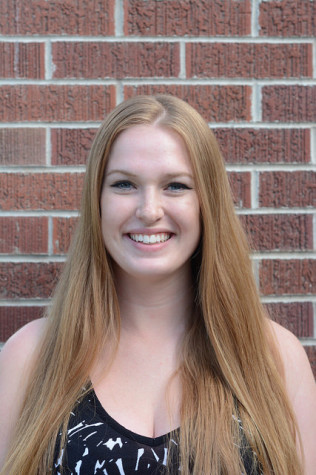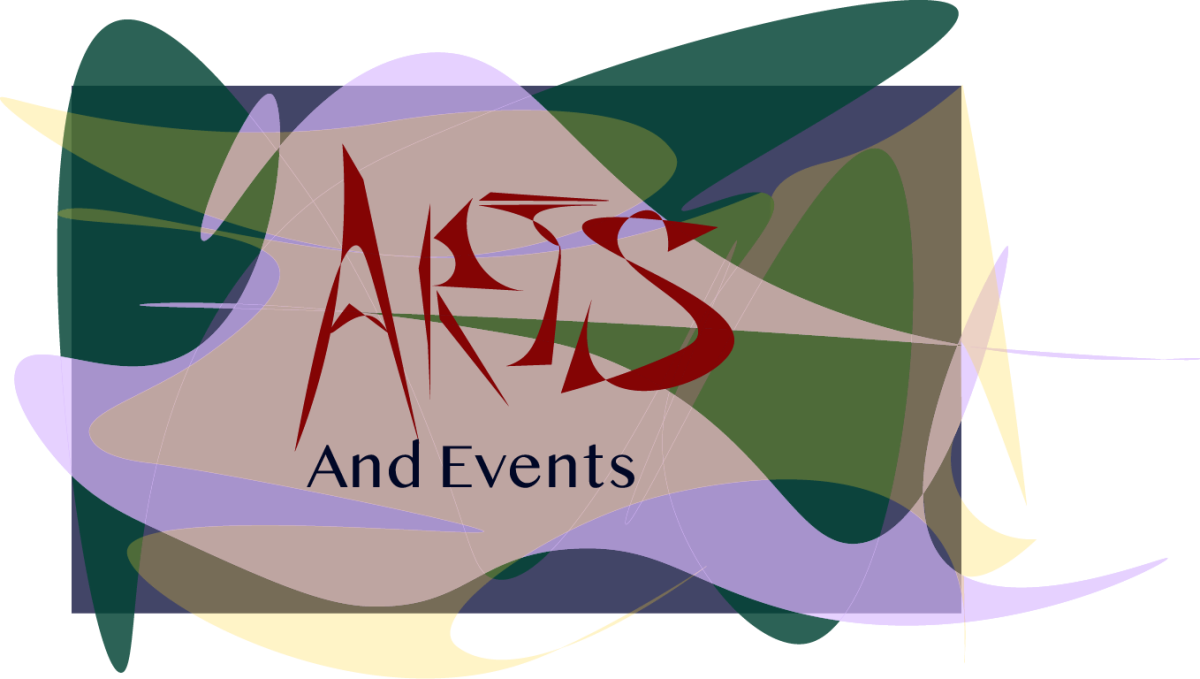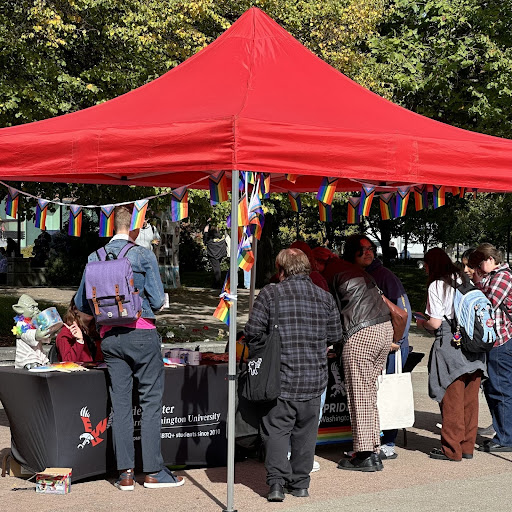Why we “trick-or-treat”
November 5, 2014
Witches, pumpkins, costumes, candy and ghosts, these are some of the many traditions that come with the holiday of Halloween. But October 31 hasn’t always been characterized by these elements. Halloween is actually a celebration of the dead.
According to Jack Santino in “The Fantasy and Folklore of All Hallows,” Halloween originated as an ancient holiday in Europe before the rise of Christianity. The entire month of October was a Celtic harvest festival, also called Samhain, meaning the “end of the summer.” Samhain was a celebration of the bounty of the season before the season crossover from fall to prepare for winter.
This bounty of the season is where the traditions of corn stalks, scarecrows and pumpkins in the modern Halloween holiday originate.
In the article “History of Halloween” by the History Channel, it said the day after the season crossover, Nov. 1, is celebrated as “All Saints’ Day” in Europe, the celebration of all the fallen Christian saints who had not already had a day of celebration. This day is also referred to as All Hallows’ Day, which makes the night before this All Hallows’ Evening, now shortened to Halloween.
According to Ann C. Le Bar, an EWU history professor, in Latin America, October 31 is recognized as “The Day of the Dead.” This is when many Latin Americans spend the day replenishing and decorating grave stones and leaving decorated sugar skulls out for the dead during the night
“It doesn’t really make sense that you’d celebrate a saint’s day with skeletons and people wandering around like zombies,” Le Bar said.
There is, in fact, a reason behind the macabre imagery for Halloween, “because as the harvest dies and the days get shorter and colder and nature goes to sleep,” said Le Bar. “There’s kind of a feeling of death.”
Le Bar said The Day of the Dead is a celebration of fallen ancestors. It is believed that during the day and night of October 31, “this is also the moment when the spirits can rise and cross over from the living world to the world of the dead,” Le Bar said.
The reasons behind dressing up in costume in modern-day Halloween was the old belief that impersonating the dead during this day would keep the spirits roaming on earth from recognizing you and, therefore, they would not disturb you, said Le Bar.
If you did happen to bump into the dead during this day, according to Le Bar, the way to get rid of the dead so that they will not play a “trick” on you is to give them food. This tradition relates back to the harvest of this month in the Celtic harvest festival.
“Even though there’s lots and lots of black and scary imagery with The Day of the Dead, it’s a very, very, happy celebration,” said Le Bar. “It’s the celebration really of the memory of our departed ancestors.”
By dressing up on the night of Halloween, as Santino said, “In so doing, they are reaffirming death and its place as a part of life in an exhilarating celebration of a holy and magic evening.”







